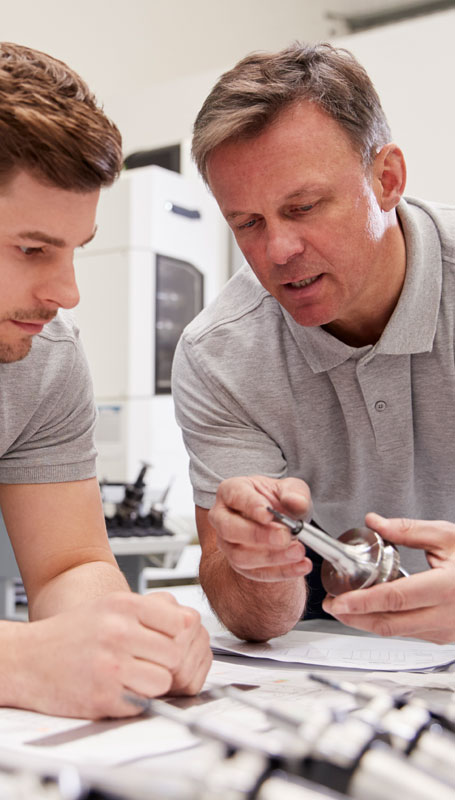CAPALEX will be closing for the Chrismas Holidays 3:30pm Wednesday 24th December & our Sales Office will be reopening 9:00am Friday 2nd January 2026.
Merry Christmas and a Happy New Year from the CAPALEX TEAM!
CAPALEX will be closing for the Chrismas Holidays 3:30pm Wednesday 24th December & our Sales Office will be reopening 9:00am Friday 2nd January 2026.
Merry Christmas and a Happy New Year from the CAPALEX TEAM!

Wall Thickness
Large variations in wall thickness on an extruded section can often cause issues and needs to be managed carefully at the design stage.
Potential issues include the section cooling unevenly due to thicker and thinner areas, which can manifest as cosmetic problems such as darker bands appearing in the section, or coarse grain after anodising.
Large variations could also make extrusion more difficult due to the different flow rates through the tooling.
An initial consultation will go a long way to minimise potential later issues and provide a more robust product.
Simple Shapes
Although a wide variety of aluminium shapes can be extruded, simple aluminium shapes are the most cost effective, as the dies will be relatively uncomplicated – affecting cost and turnaround times.
If a section can be simplified in any way, it could reduce initial tooling costs, and make the actual extrusion process much quicker.
Special Features
Although simple shapes are the most cost effective, the actual shapes we can extrude are almost limitless.
This can allow you to include special features in your designs which could make assembly of your products much quicker, and also reduce or even eliminate machining costs.
Fitting parts together, for instance, can be achieved by including clip fits, or hinge joints, without the need for any additional fasteners.
Screw threads and screw ports can also be made part of the design instead of being machined, which can not only save time, but make the extrusion very cost effective.
Weight can also be saved by adding hollows to a design where there would otherwise be a large mass. This can make any final assembly easier with the section being easier to handle, and will also be more cost effective due to less aluminium being used to produce the section.
There are many more special features that can be included, these can all be discussed and recommended during your initial enquiry.
Sharp or Rounded Corners
Generally all corners are rounded (have a radii).
External sharp corners are not possible due to the way the die tooling is manufactured.
Internal sharp corners should be avoided, or minimised, as the can lead to the tooling cracking at these points due to the stresses involved.
If they can not be avoided, perhaps required for a fit with other components, we can advise on other options, such as cut-outs on the conner which will allow the fit whilst avoiding sharp corners
Dimensional Tolerances
As standard, Capalex conforms to tolerances on design & form supplied to BS EN 755, but we pride ourselves on being able to achieve tolerances much tighter than this if required.
We can also advise on appropriate tolerances for mating parts to ensure the correct fit will be consistently achieved.
We can also work to alternative extrusion standards if requested.
Any special tolerance requirements can be discussed at the initial consultation stage.

 Capital Aluminium Extrusions Limited
Capital Aluminium Extrusions Limited